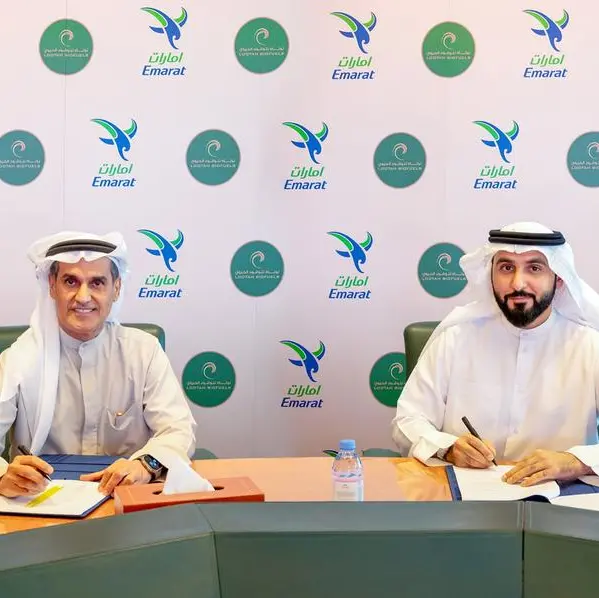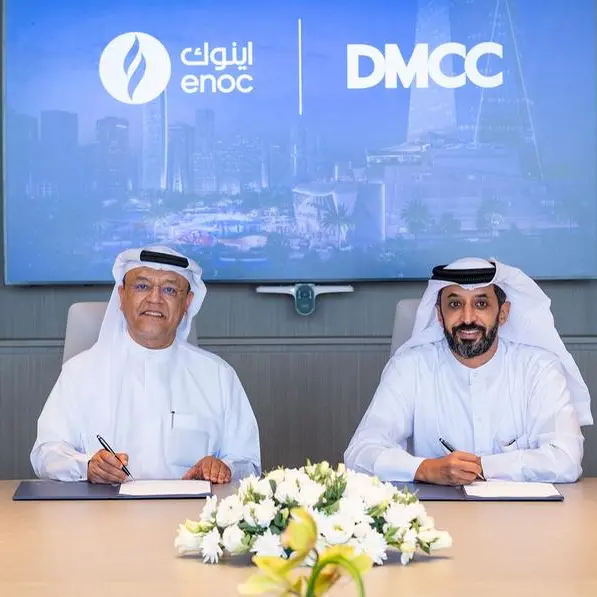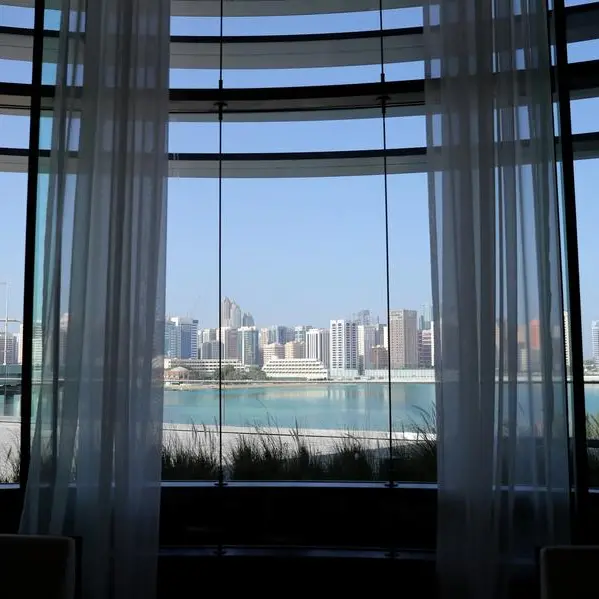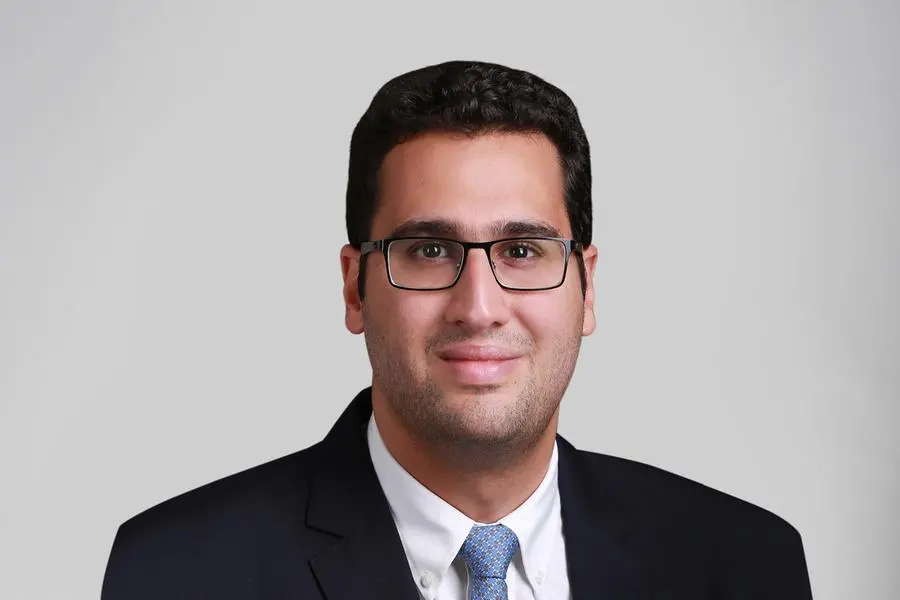PHOTO
(A quote was corrected, and context added to paragraph 19).
The CEO of Dubai-based Dalma Capital has described litigation as "the most attractive asset class we've seen" given its risk profile, the returns on offer and the relatively short amount of time that investors' capital is tied up.
Speaking on a panel at the AIM summit for alternative asset managers on Sunday, Zachary Cefaratti said that demand for litigation funding is set to double over the next five years, and that it offers the advantage of being "properly uncorrelated to financial markets".
"It's actually negatively correlated during downturns," he said, as both litigation and demand for funding tend to rise when economies are weaker.
"There's around $100-$150 billion of demand in the asset class but there's less than $10 billion funding it," Cefaratti said. "And that $10 billion has a turnover of 2-4 years. So we're looking at a market that is 5 percent funded at best."
Dalma Capital has a platform for fund managers headquartered in the Dubai International Financial Centre (DIFC) and has backed a litigation fund, Legal Ventures, run by Phoenix Advisors.
Dilip Massand, managing director of Phoenix Advisors, told a litigation funding panel at the AIM Summit that there are risks involved in funding litigation, with the ultimate being that money poured into cases is lost if cases are defeated.
However, he argued that if litigation funders do proper diligence checks on the merits of each case, the parties involved, the jurisdiction in which the case is heard and the likelihood of enforcing judgements if cases are won, there are handsome returns to be made.
"The best part is that risk is insulated to the facts of that case and the parties of that case. So we're not subject to market risk."
Picking winners
Massand also argued that as the industry matures, it is getting better at picking winning cases.
"There are some firms out in California using artificial intelligence now to predict the likelihood of success based on their own database of cases and firms,” he said.
As a result, he argued that the rewards on offer were "significant".
"Usually, funders are trying to price their investment into the cases so they are making 4x (i.e. four times the amount originally invested). That's quite an attractive return. On the post-award cases where you are on enforcement, those aren't necessarily 4x returns, but those returns run over 30 percent if you get those right. There is a lot of risk, but...if we do our jobs well and we get professionals alongside us... we should be able to assess those."
Cherine Ghali, managing partner of Paraiba Legal, a consultancy offering arbitration and litigation advisory services, said that bringing in litigation funding can be particularly useful for companies undergoing a restructuring, where lenders may otherwise object to them taking on additional legal costs to pursue claims, even if winning them could bring in sizeable amounts.
For instance, she said that a major litigation for sums running into billions could cost millions to fund, but if successful a funder could receive 20 percent of any award.
"It is big risk, but it is huge rewards," she said.
She added that the claims being pursued in the Middle East typically involve commercial disputes in infrastructure or power projects, as opposed to potentially more lucrative investment treaty disputes.
Meanwhile, Chatura Radeniya, a partner with law firm Afridi and Angell, said that those seeking to fund regional claims tended to favour courts in offshore jurisdictions such as the DIFC or Abu Dhabi Global Markets.
He cited an incident recently where a dispute making its way through an onshore court in Dubai that was being heard as two separate cases as different parties were involved, ended up with two different rulings by the same bench.
"You're really not going to have a lot of traction in litigation funding in the onshore courts. It's thoroughly unpredictable," he said, referring to the fact that UAE onshore courts operate under a civil law system and do not follow a concept of binding precendent, but DIFC and ADGM courts follow common law systems where binding precedents are set. As a result, he said offshore courts are attracting "more and more cases every year".
Cefaratti said that a study it had carried out had identified a net internal rate of return of 36 percent for investments in litigation funding.
Although global figures for the industry are hard to track due to the secrecy of many deals, one of the biggest firms in the sector, Burford Capital, which is listed on the London Stock Exchange, reported some impressive numbers in its recent annual report filed last month.
The firm said that total shareholder returns since its formation in 2009 now stood at 1,845 percent, and that it had recovered more than $1 billion of investments in 92 cases funded from its own balance sheet so far. Such cases had achieved a 30 percent internal rate of return, net of losses and before operating expenses.
The firm, which had a $3.2 billion pipeline of cases at the end of 2018, also agreed a “strategic funding relationship” with an unnamed sovereign wealth fund in December worth $1 billion, where the sovereign fund would provide two-thirds of the capital and Burford Capital the remaining third.
(Reporting by Michael Fahy; Editing by Mily Chakrabarty)
Our Standards: The Thomson Reuters Trust Principles
Disclaimer: This article is provided for informational purposes only. The content does not provide tax, legal or investment advice or opinion regarding the suitability, value or profitability of any particular security, portfolio or investment strategy. Read our full disclaimer policy here.
© ZAWYA 2019























